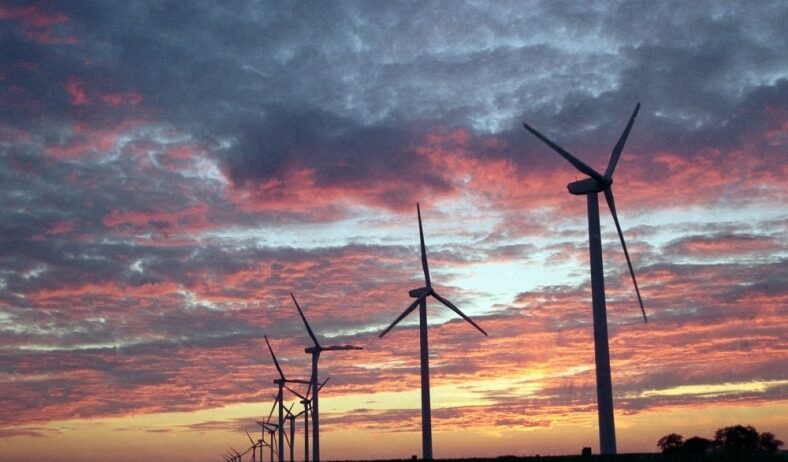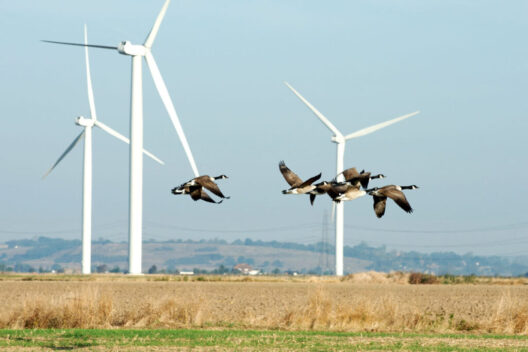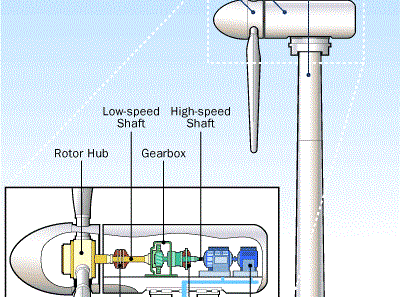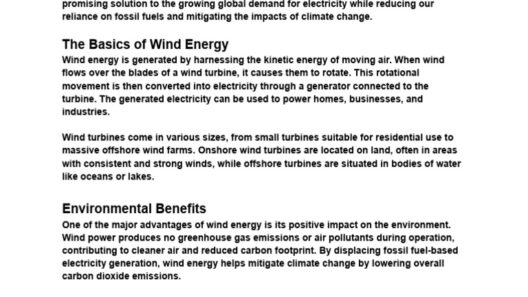Wind energy has emerged as a pivotal force in the global transition to renewable energy. However, not all nations and sectors have embraced it with equal fervor. Identifying who uses wind energy the least invites a critical examination of the political, economic, and social dimensions that hinder its adoption. This exploration will shed light on the countries and industries falling behind the curve of wind energy utilization.
The reluctance to adopt wind energy is not merely a matter of preference; it reflects broader systemic issues that influence energy policies and infrastructure development. Understanding these aversions requires delving into specific geographic regions and sectors where wind energy remains underutilized.
Countries with Sparse Wind Energy Adoption
On a global scale, several countries lag significantly in the deployment of wind energy. While countries like Denmark and Germany have integrated wind power seamlessly into their energy grids, others have struggled. Nations in the developing world, particularly in sub-Saharan Africa, showcase the most pronounced disparity in wind energy adoption.
The limited infrastructure in these regions often presents a formidable barrier to the development of wind energy. For example, in many African countries, the focus remains predominantly on sustaining traditional fossil fuels. There exists a preference to invest in coal and natural gas rather than explore renewable avenues. Such reliance perpetuates energy inequity, often excluding rural areas from access to clean energy.
In contrast, larger nations, such as the United States, have pockets where wind energy usage is minimal. States like Alabama and Florida exemplify this lack of robust wind energy infrastructure. Although both states have potential for wind harnessing due to their geographical attributes, policy frameworks and investment channels have yet to significantly favor wind energy projects.
Political Isolations and Legislative Challenges
Political ambivalence constitutes a primary hurdle for wind energy adoption, manifesting in both developing and developed nations. This challenge is not simply administrative; it hints at underlying ideological beliefs and conflicting interests among stakeholders.
In some regions, anti-renewable energy sentiment stems from vested interests tied to fossil fuel industries. Lobbying efforts often shape legislative frameworks that provide minimal incentives for wind energy initiatives. It is apparent in countries where government regulations, instead of easing the transition to wind energy, create substantial obstacles instead.
For example, in certain South American countries such as Venezuela, the government has a historical dependency on oil revenues. Such a paradigm discourages investment in renewable technologies. Furthermore, existing energy policies may remain unchanged, fostering an environment resistant to innovation.
The legislative challenges are not confined to developing nations. In the United States, grassroots movements may interplay with state policies, creating fragmented support for wind energy. This complexity often leaves regions with valuable wind resources unable to capitalize fully on their potential, resulting in a significant portion of the energy landscape left untouched.
Economic Barriers to Wind Energy Adoption
The economic inertia that plagues wind energy development varies by region and sector. Industries heavily reliant on conventional energy sources face stark resistance to transitioning to wind energy due to perceived cost implications. In sectors such as manufacturing and heavy industries, initial investments in renewable technologies can appear daunting.
For instance, the transportation sector, characterized by its dependence on fossil fuels, often regards wind energy as an impractical solution. The upfront costs of integrating wind energy into existing infrastructures may deter investments. Businesses weigh risks and returns, often favoring tried-and-true fossil fuel-based operations.
Further complicating matters, financial incentives in the form of subsidies for fossil fuel operations may skew the landscape against wind energy. Many governments channel funds into traditional energy, inadvertently perpetuating a cycle that leaves wind energy as a last-resort option for funding and development.
Geographic Limitations and Environmental Concerns
It’s crucial to recognize that geographic limitations also underscore the reluctance to adopt wind energy. In areas where wind speeds are consistently low or where environmental aesthetics raise concerns, there is less impetus to invest in wind infrastructure. Regions with frequent adverse weather conditions may avoid wind energy due to fears of equipment failures and repair costs.
Moreover, the siting of wind farms can often stir environmental anxieties. Though perceived as an eyesore by some, wind turbines can also disrupt local wildlife and ecosystems. This realization leads some communities in less densely populated or rural areas to resist wind energy projects, contributing to a patchwork of uneven wind energy diffusion.
Conclusion: Prospects for Change
The observance of countries and sectors utilizing wind energy the least reveals a confluence of political, economic, and geographic factors. Overcoming these multifaceted challenges necessitates collaborative strategies that incorporate governmental support, increased public awareness, and sector-specific innovations. Empowering regions that lag behind in wind energy adoption could pave the way for a more equitable energy landscape worldwide.
While the journey towards widespread wind energy utilization is fraught with obstacles, it is not insurmountable. Aligning interests, facilitating investments, and fostering technological advancements can catalyze a shift that brings clean, sustainable wind energy to the forefront of the global energy agenda.







